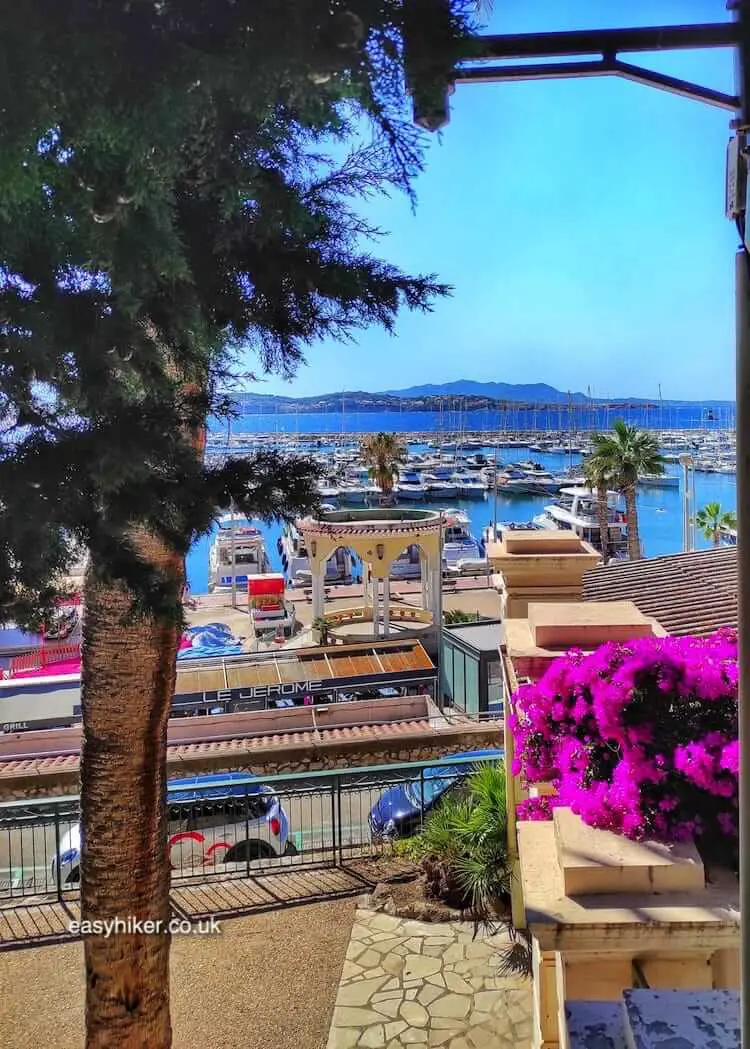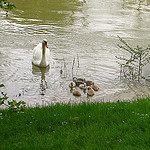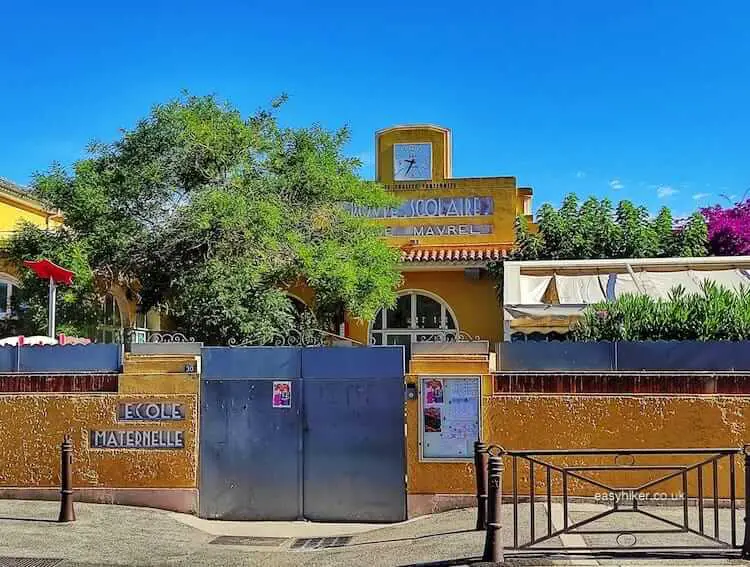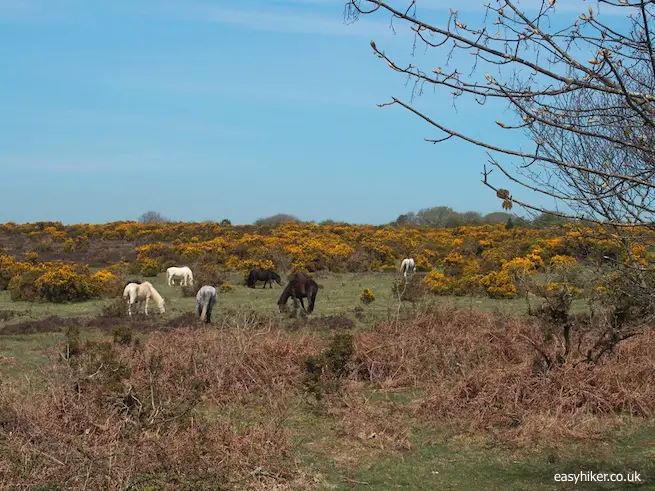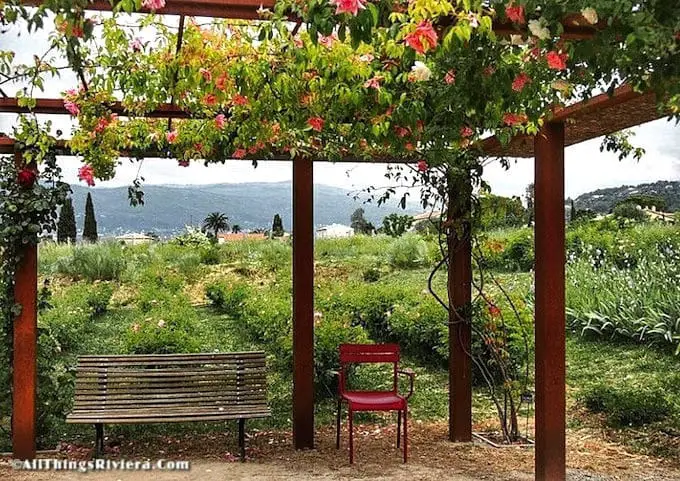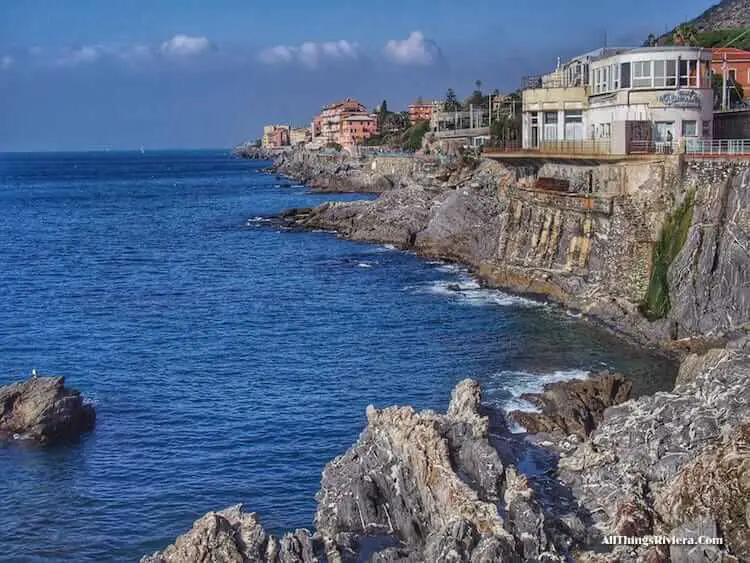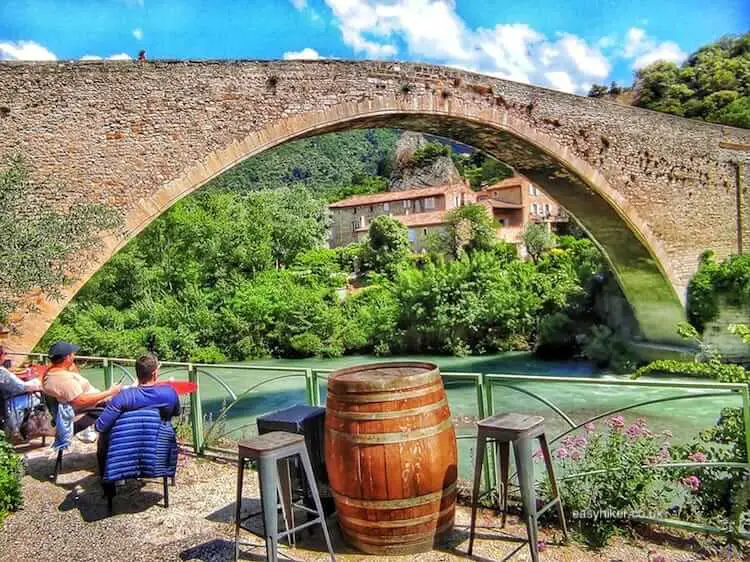Seen from the train to Marseille, the Le Ciotat shipyards are the town’s most conspicuous feature. If you stand in the city centre, however, facing these very shipyards from the marina, Le Ciotat’s “Triplet Peaks” easily rival the old docks in size and prominence.

In local parlance, these peaks are known as the rochers de poudinge: the pudding rocks – not because they look “good enough to eat” but because they are made from what the French call poudinge, puddingstone in English. From a distance, the pudding rocks look barren rather than appetizing, but if you come closer …
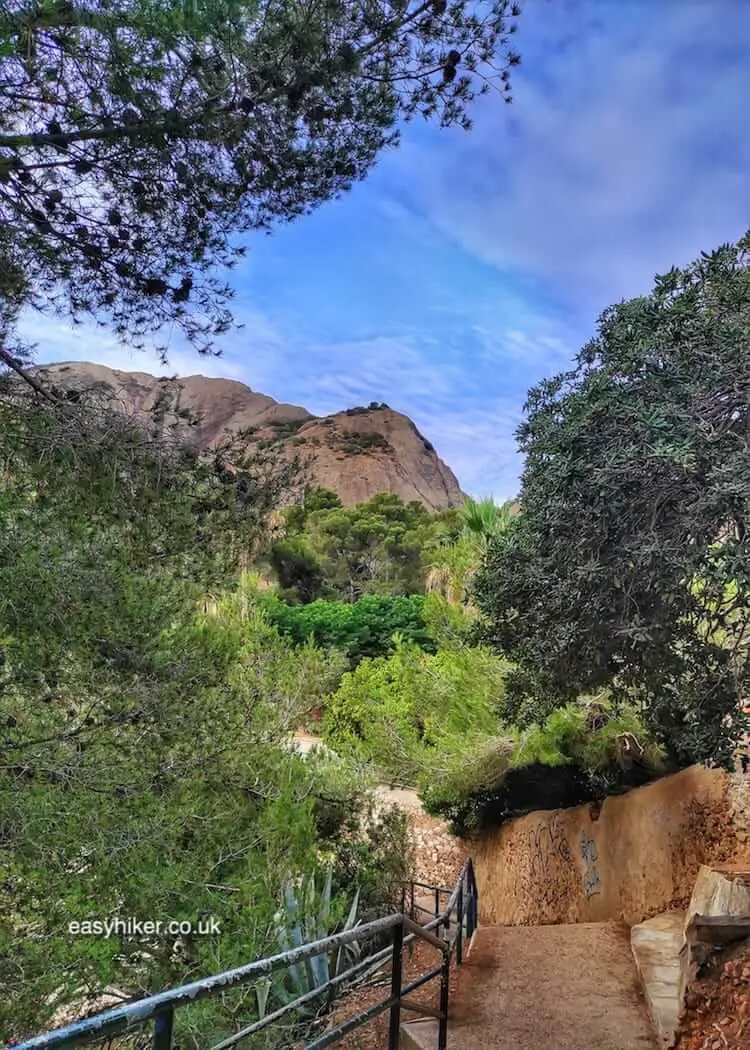
… you will be surprised: at the foot of these mounds of seemingly unappealing mousse lies a veritable tropical paradise.
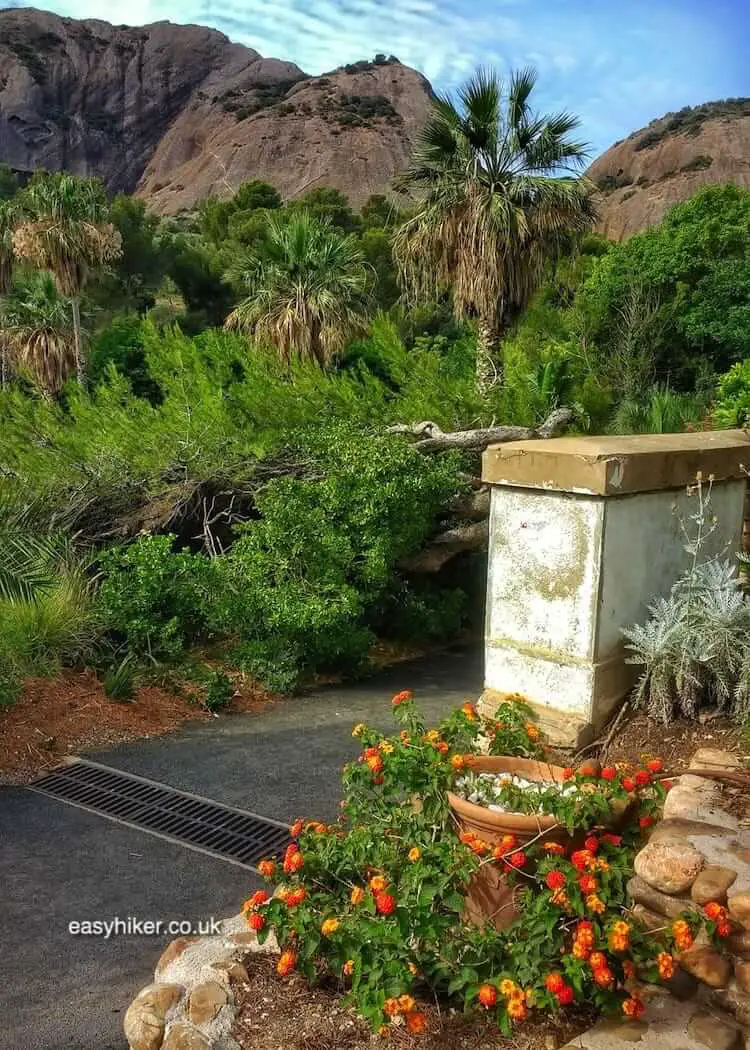
This owes something to the natural conditions of the place: the highest of the triplet peaks, the Eagle’s Beak or Bec de l’Aigle, is of sufficient altitude (155 metres) to protect the land underneath from the cold Mistral winds. It also, together with the two lower mounds, forms a basin from which the warmth generated by the Mediterranean cannot easily escape.
Ultimately, however, the tropical paradise of the Parc du Mugel is the work of human hands. For centuries, any rainwater flowing down from the slopes would have drained off the stony ground into the sea. It was only when ditches were cut into the ground, called Calades Pluviales in French, that the rainwater could be collected in reservoirs and channeled into a complex irrigation system.
This paved the way for a total transformation of the landscape – most dramatically so in the first section of the park, the one just behind the entrance that faces the Calanque du Mugel, which is easy-to-reach from the town centre in a walk of 15 to 20 minutes.
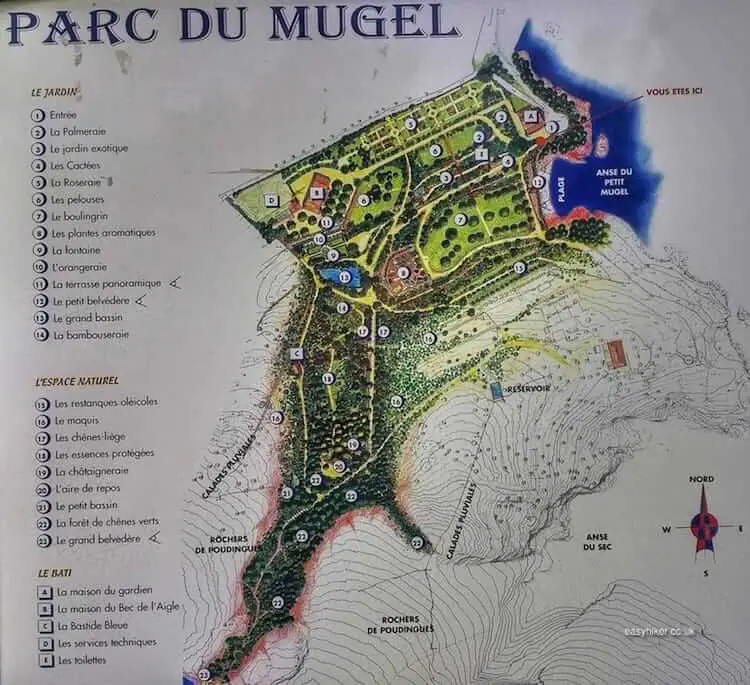
What is today called the Jardin Botanique was designed in the 1920s when Louis Fouquet, a wealthy merchant from Marseille, set out to create a landscaped Eden around his new summer residence. In the 1950s, the Fouquet property was acquired by the municipality. Adjoining plots were purchased in the years after that, and in 1982, the city was ready to open the large public park that you can visit today.
The botanical garden, meanwhile, still bears the imprint of Louis Fouquet and his gardeners. The plants in this section are ranging from the local – palm trees and cacti – via some more recently imported, but still fairly familiar species such as mimosas and bougainvillae …

… to the downright exotic such as banana shrubs and an entire forest of bamboo trees.
Your Easy Hike in the Parc du Mugel

Further to the southwest, the second section of the park – the Espace Naturel – has a more native feel. It is dominated by indigenous oak trees and garrigue, the typically Mediterranean mix of low-lying shrubs and bushes.
The overall effect, however, with dense vegetation under a thick treetop roof, is equally tropical. It can make you feel as if you were walking through an Amazonian rainforest.
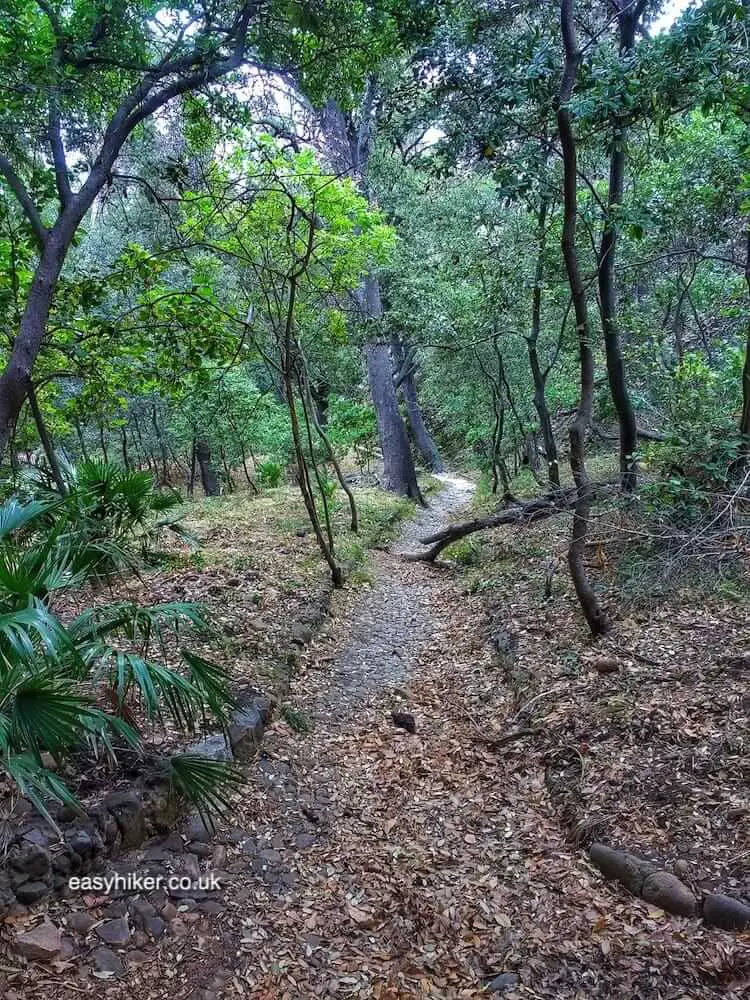
While the botanical garden is best explored in a gentle, zigzagging stroll, over here, you should head straight for the Belvedere. Just follow the signs to the viewing platform in the southwestern corner of the Parc du Mugel.
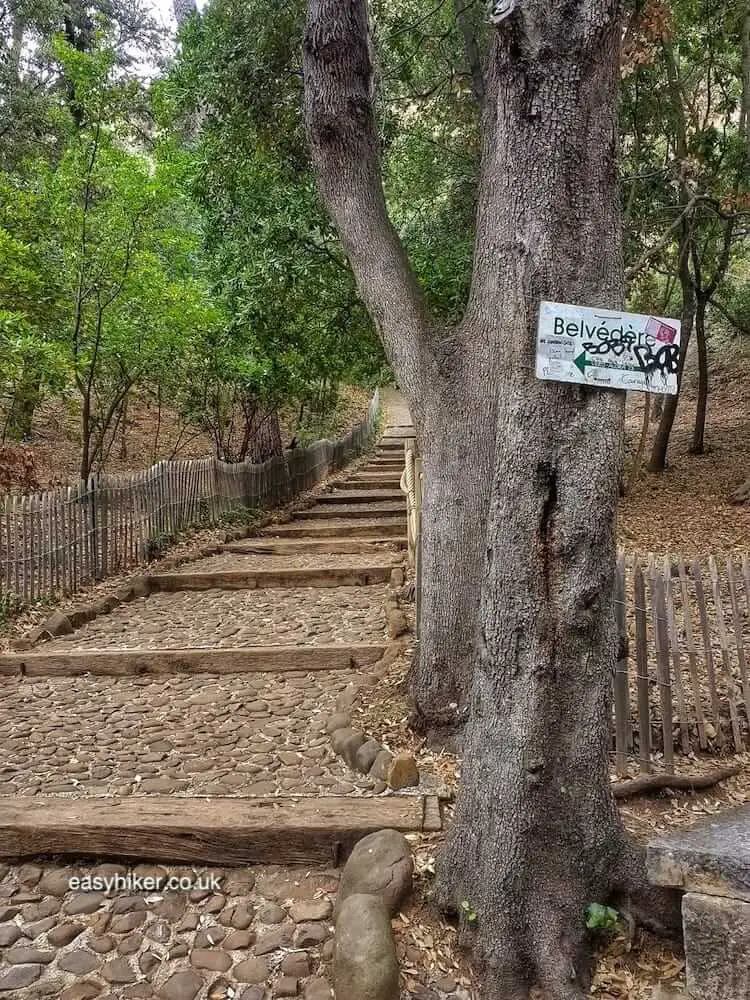
At first, you will be walking in the flat or up fairly gentle inclines, …
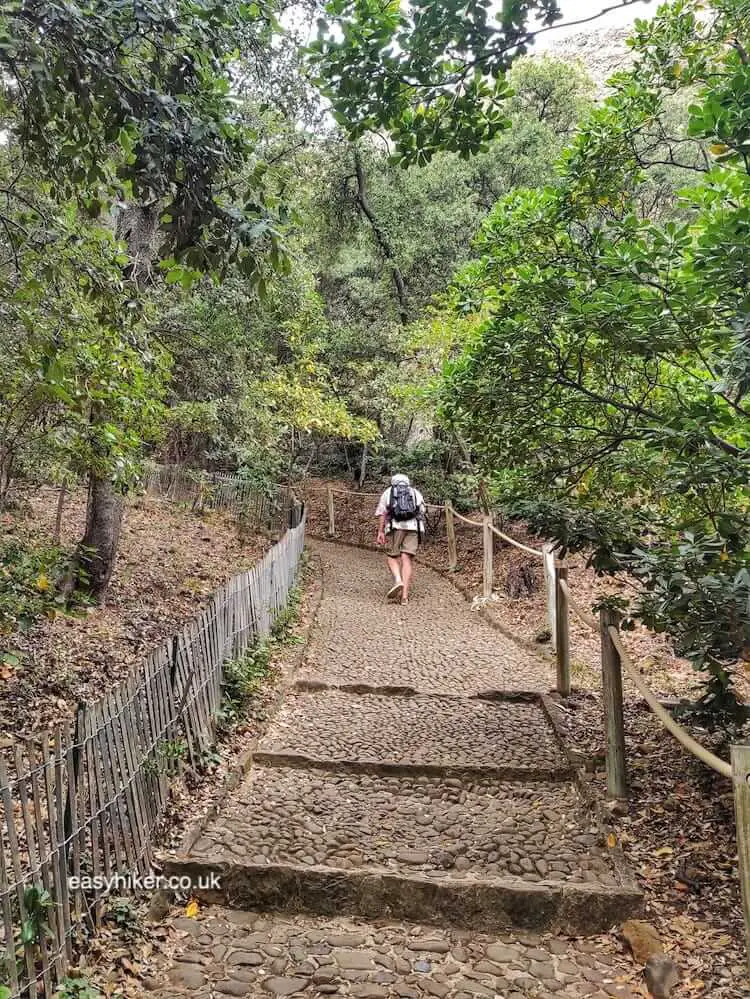
… but the trail becomes rather steep at the end, and you will be grateful for the ropes that help you to pull yourself up.
After all, you have to master a total elevation gain of 88 metres from the town centre of La Ciotat to the viewing platform – that is roughly equivalent to a climb of a skyscraper stairway up to the 30th floor.
From the viewing platform, you will look onto the Bec de l’Aigle above you and the Mediterranean below.
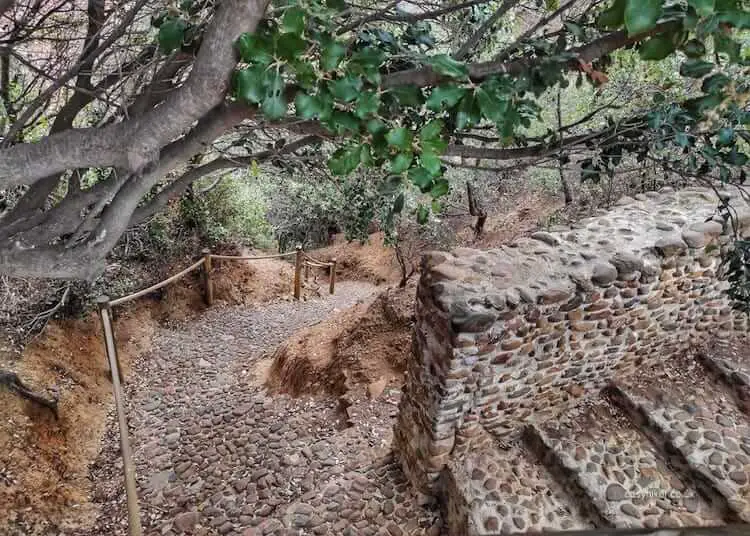
This is the open sea, by the way, no Anse of this or Gulf of that. Fancy a journey to the Maghreb? If you can manage to keep a straight line, North Africa is a mere 700 km away from here, roughly the same distance as Paris.
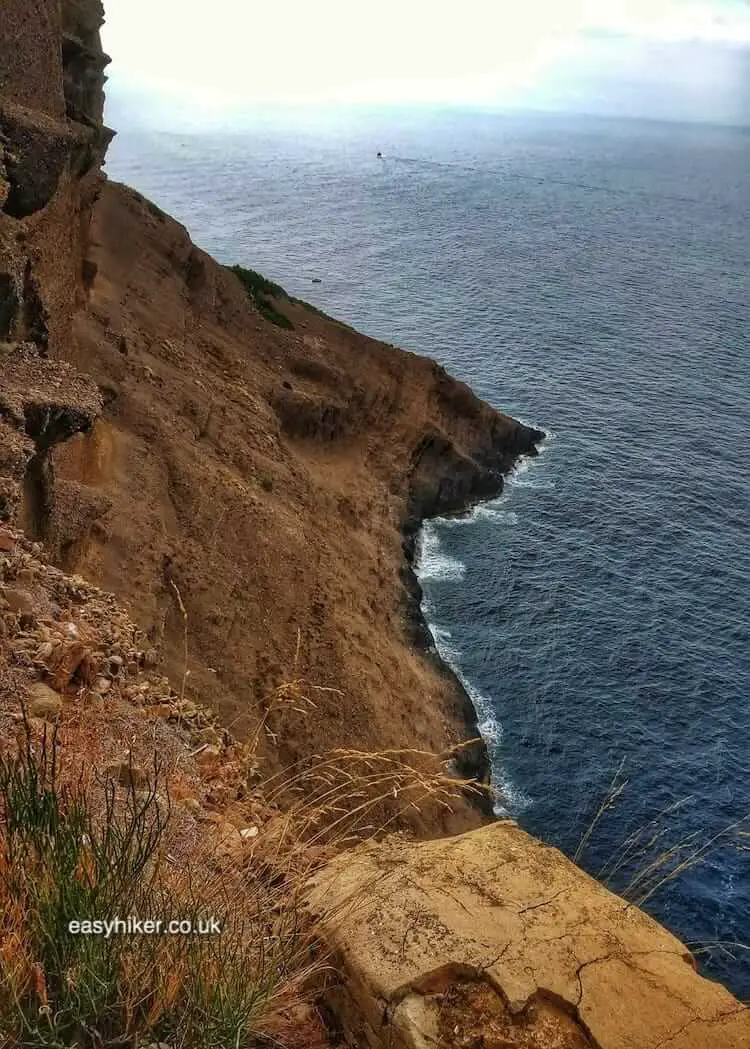
On second thought: it is better perhaps to return to La Ciotat – which, in contrast to the African continent, you can already spot in the distance. Just turn around and take a peek between the peaks on your left and right.
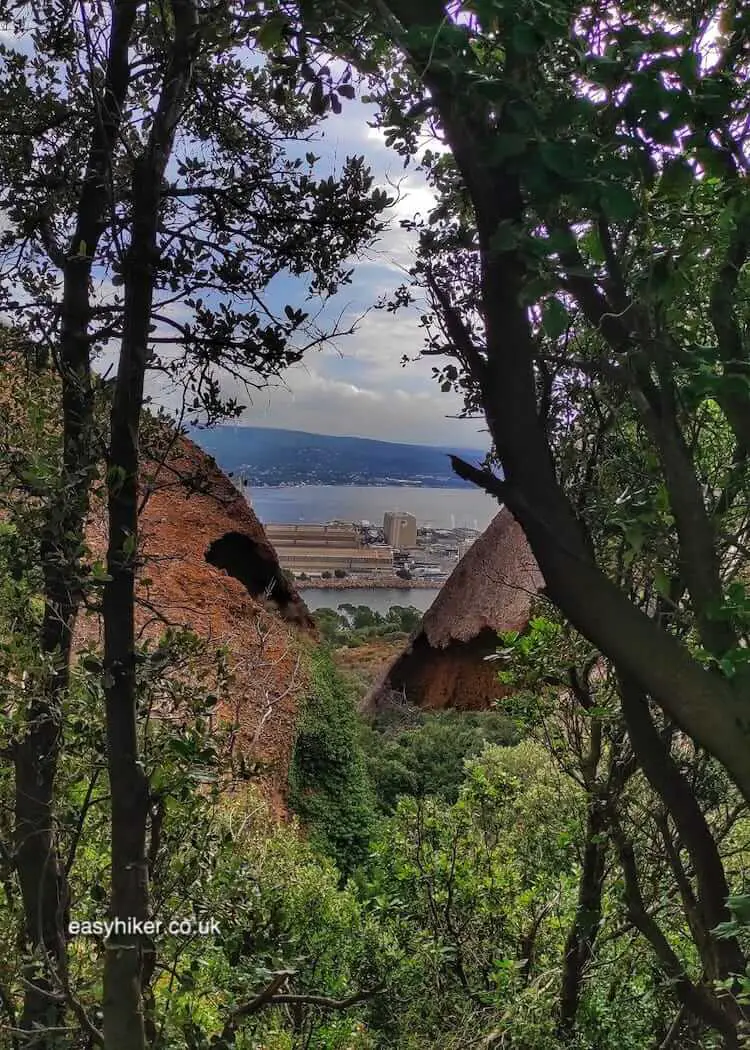
Here is a tip: on your return to town, the footpath will fork just when you are back on level ground. Take a right turn there for a brief excursion into the exterior of the tree-covered dome of the Espace Naturel. It is a different world out there, wind-blown, grassy and far bleaker than the rest of the park. This is what most of the land would probably look like if no humans had ever laid a hand on it.
From the cliffs, you also get some nice views of the Ile Verte, the uninhabited island that lies about 1 km off the coast and that features a couple of calanques, a beach, ruins of an old fortress and even a small restaurant – as well as a circular trail that takes you to all of these sites on a walking loop around the island (length: approx. 1 hour).
To travel to the island, catch a ferry from La Ciotat harbour. Boats run hourly, and round-trip tickets cost 14 Euros p.p.
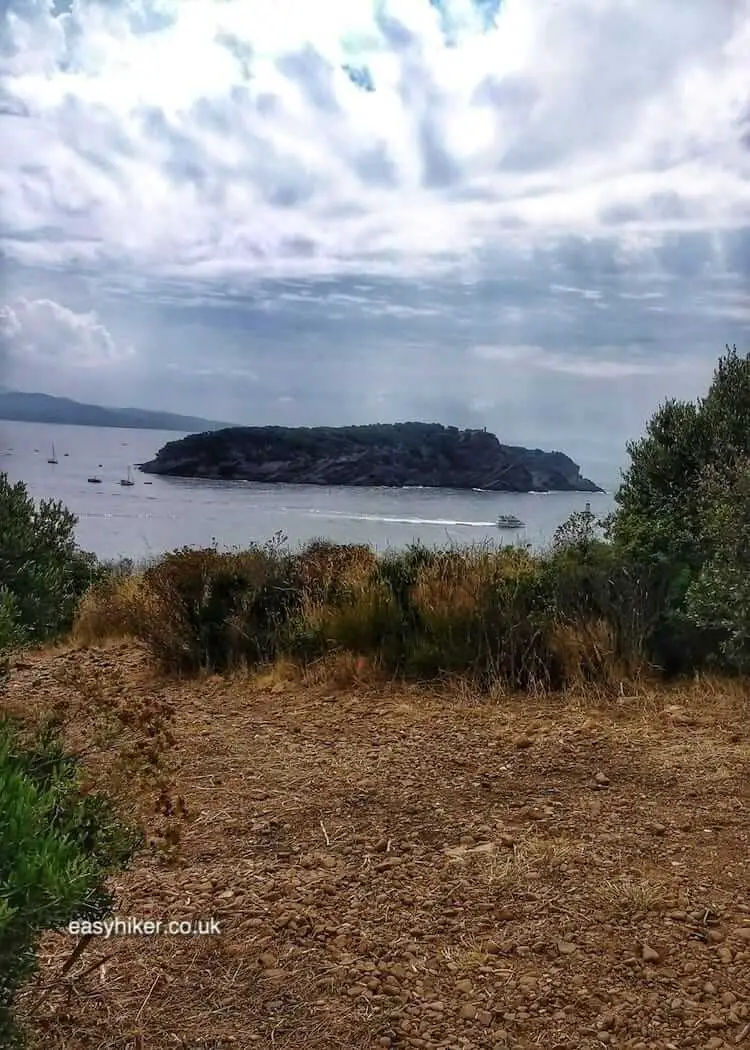
Well, we told you so: there is more to see in and around La Ciotat than meets the eye – particularly if this eye is looking out from the train to Marseille.
But if you are now tempted to get off the train to take a closer look at La Ciotat, here is a note of caution: leaving the train station, you cannot simply stroll into the town centre. The engineering (and financial) challenges of laying down the tracks between Marseille and Toulon were so huge in the 1830s that it was decided to avoid the costly option of staying near the coast and to go instead for the shortest possible inland route, making no effort to provide any but the most important seaside towns along the route with a station. La Ciotat made the cut, barely, because of its harbour and budding shipping industry.
Still, it’s an hour’s walk from the station to the town. Fortunately, La Ciotat – in contrast to the neighbouring resort town of Cassis – has managed to install a functioning public transport link.
One bus of lines 10 and 21 is leaving the station roughly every 30 minutes for the town centre. The stop to look for on the bus schedule is called Office de Tourisme or Gare Routière. Tourism Office and Central Bus Station are located back-to-back right at the entrance to the port.
Interestingly, only one seaside town was graced with a train station near its town centre. There is a story behind that, as we shall find out next week when we continue our exploration of the coast between Marseille and Toulon.
